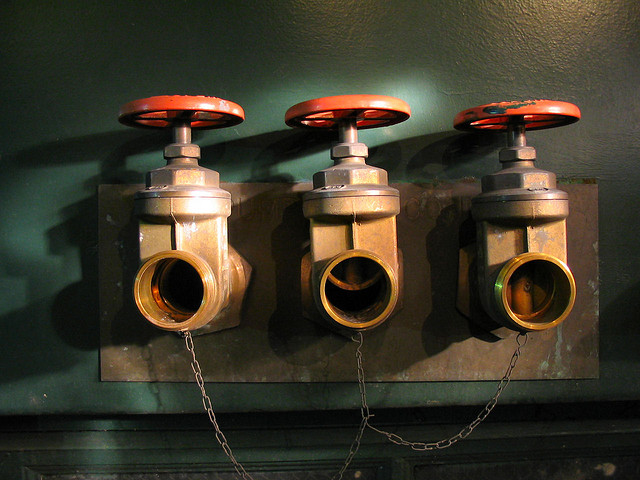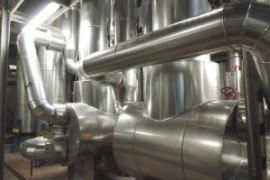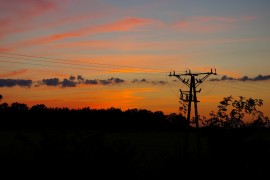
When connecting a new building to an existing network two options available to you: place waiting tees or make a charge nozzle. What are these techniques? How to choose the most suitable? Explanations.
Waiting tees
Waiting tees must be in place during the construction of the heating system of a building. Their installation requires indeed the establishment of a specific look which will be located in the side with two pre-insulated valves and a bypass (a “U” at the end of the tubes to and fro). The bypass allows water to move and does not stagnate. Without this element, the water could corrode the waiting tubes. It anticipates a potential future connection.
The installation of tees is waiting an appropriate solution in the case where the diameter of the antenna to be connected is very close to that of the home network or when the connection could be less than two years after commissioning network. After this time the bypass is likely to deteriorate. It is imperative to use valves to isolate the extension of the main network so that it remains in operation during construction.
The hot tapping
Installing waiting tees is not always possible. The technique of hot tapping, in turn, can be performed at any time by opening the trench only to the future connection point. It is to connect a new antenna for connecting a building, usually to an existing network. It must however be less than the main pipe of at least twice its diameter.
This is to connect a shunt tube. To do this, a valve “lost” is first electrically welded to the main pipe. The latter is pierced with a specific machine, so-called “supported”. Drilling is carried out through a hole saw varies depending on the diameter and the type of the valve. The valve is then closed by checking that the sealing flange is effective. Finally, the bypass pipe is welded to the valve “lost”. It then remains to restore the insulation thanks to a specific sleeve which varies according to the diameters of the main pipe and the branch pipe.
A case, a technical
If one does not interrupt the operation of the heating network, connecting these two techniques are complementary and it is the network configuration that determines the method:
If a connection is provided quickly after installation, with the same diameter line or close to the main network, it is better to establish waiting tees.
If a connection is not anticipated during the construction and the diameter of the antenna is smaller than the initial network, will be preferred since a supported stitching, less costly operation (or look, or pre-insulated valve)
Any type of extension is feasible, provided it is done within the pressure drop calculations.
Image source to the A: Flickr (the autowitch)







